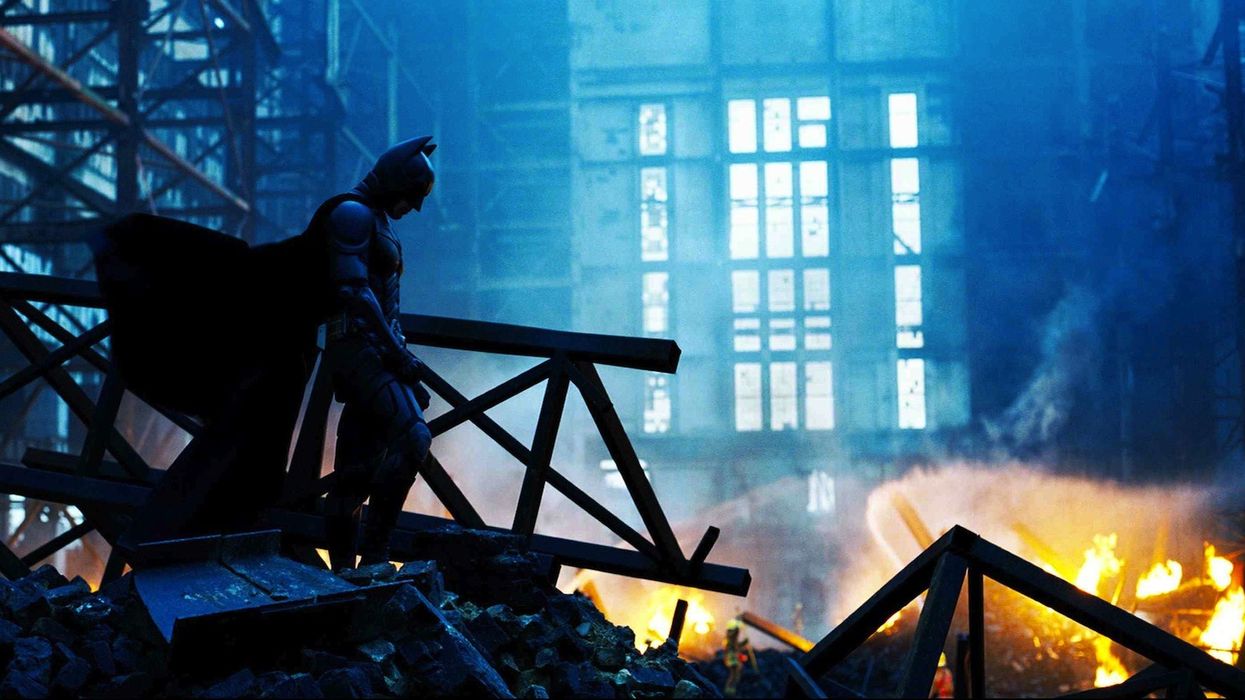A Closer Look at the Incredible Cinematography of 'The Dark Knight'
Story is everything, even when it comes to cinematography.

Films are made up of many parts, from the screenplay to the final edit, but all of them should have one important goal: serving the story. Case in point: DP Wally Pfister's work in The Dark Knight wasn't just incredibly beautiful, it also helped tell the film's deeply disturbing tale about the anarchistic mastermind, The Joker, who seeks to destroy the legacy of Gotham's own protector, Batman—all just to watch the world burn.
To shed some light on how cinematography can be used as a storytelling device, Darious Britt explains many of the techniques Pfister uses in the second instalment of Christopher Nolan's trilogy in the video below:
The video covers a lot of different camera techniques one can use to 1.) make shots look awesome, and 2.) tell better stories, but let's highlight a few fundamentals that aren't unique to The Dark Knight's narrative and can be used in your own work.
Highlighting your character with—lights
This is lighting 101: use rim lights to separate your characters from the background. If you don't, they'll blend in with it, resulting in an image that doesn't pull your focus to the character as easily.
Let camera movement convey emotion
Camera movement speaks a language, and you can alter the tone of a scene simply by changing the way you move it. Take Britt's rooftop scene example: the camera circles around the three characters as they argue and try to figure out a plan. The stakes are high, and so are the tensions. Aesthetic theory tells us that the kinetic energy of the camera moving around the stationary characters creates a sense of confusion, even suspicion.
When something important is said, get close
Again, aesthetic theory says that there's a correlation between the size of a subject within the frame and its importance. In other words, bigger things tend to be more important, while little things are not. That's why when a character says or does something that is crucial to the narrative, a DP will capture it in a medium close-up or close-up—or they dolly in—or if they're from the 60s or 70s or are Wes Anderson, they use a crash zoom.
Pay attention to eyeline
Okay, not in the way you think—like in a Shot/Reverse Shot kind of way. I'm talking about this in the context of dialog and how you can communicate reversals or tone changes in the conversation by crossing the eyeline, or line of action. You see this demonstrated when Britt explains the epic "Interrogation Room" scene.
So, there you go—a few cinematographic techniques you can use to tell better stories. If you have any advice on how to serve the narrative with the camera, let us know in the comments below.
Source: D4Darious












